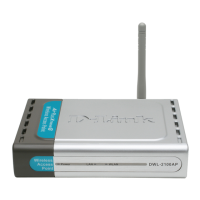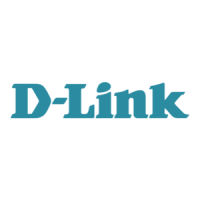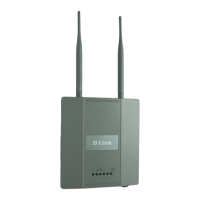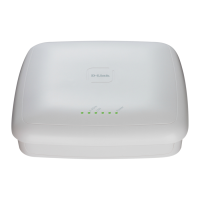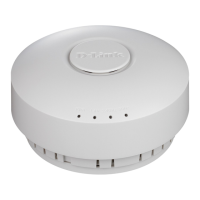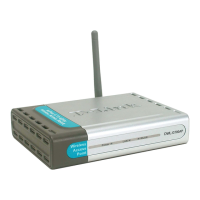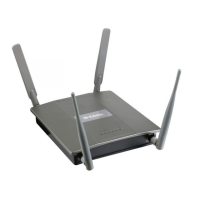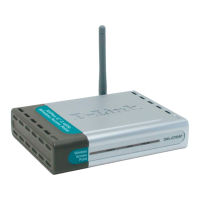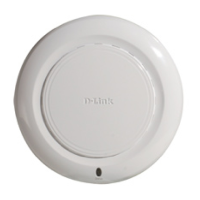Configuring L3 Features
D-Link Unified Wired and Wireless Access System
Oct. 2015 Page 280
D-Link UWS User Manual
Section 5: Configuring L3 Features
The D-Link Unified Switch supports IP routing. Use the pages in the LAN > L3 Features navigation tree folder to
manage routing on the system. This section contains the following information:
• “Managing the BOOTP/DHCP Relay Agent”
• “Configuring the IP Helper Features”
• “Configuring ARP”
• “Configuring Global and Interface IP Settings”
• “Configuring RIP”
• “Router Discovery”
• “Router”
• “VLAN Routing”
• “Virtual Router Redundancy Protocol (VRRP)”
• “Configuring Quality of Service”
When a packet enters the switch, the destination MAC address is checked to see if it matches any of the
configured routing interfaces. If it does, then the silicon searches the host table for a matching destination IP
address. If an entry is found, then the packet is routed to the host. If there is not a matching entry, then the
switch performs a longest prefix match on the destination IP address. If an entry is found, then the packet is
routed to the next hop. If there is no match, then the packet is routed to the next hop specified in the default
route. If there is no default route configured, then the packet is passed to the CPU to be handled appropriately.
The routing table can have entries added either statically by the administrator or dynamically via a routing
protocol. The host table can have entries added either statically by the administrator or dynamically via ARP.
Managing the BOOTP/DHCP Relay Agent
The BootP/DHCP Relay Agent enables BootP/DHCP clients and servers to exchange BootP/DHCP messages
across different subnets. The relay agent receives the requests from the clients, and checks the valid hops and
giaddr fields. If the number of hops is greater than the configured, the agent assumes the packet has looped
through the agents and discards the packet. If giaddr field is zero the agent must fill in this field with the IP
address of the interface on which the request was received. The agent unicasts the valid packets to the next
configured destination. The server responds with a unicast BOOTREPLY addressed to the relay agent closest to
the client as indicated by giaddr field. Upon reception of the BOOTREPLY from the server, the agent forwards
this reply as broadcast or unicast on the interface that had received the BOOTREQUEST. This interface can be
identified by giaddr field.
The DWS-4000 Series switch also supports DHCP relay agent options to identify the source circuit when
customers are connected to the Internet with high-speed modem. The relay agent inserts these options when
forwarding the request to the server and removes them when sending the reply to the clients.
If an interface has more than one IP address, the relay agent should use the primary IP address configured as
its relay agent IP address.
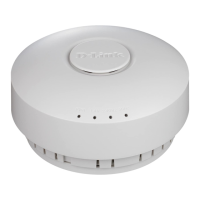
